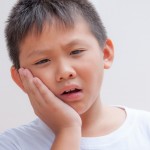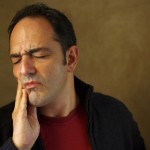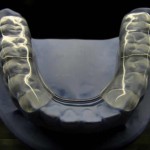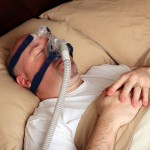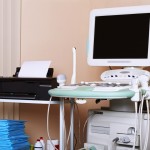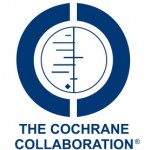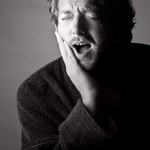
Temporomandibular disorders (TMD) are a group of disorders with symptoms that include pain, clicking, grating in the jaw joint and/or problems chewing or opening the jaw. It has been estimated that around 75% of the population have at least one sign of TMD. The aim of this review was to assess the effectiveness of counselling [read the full story…]
